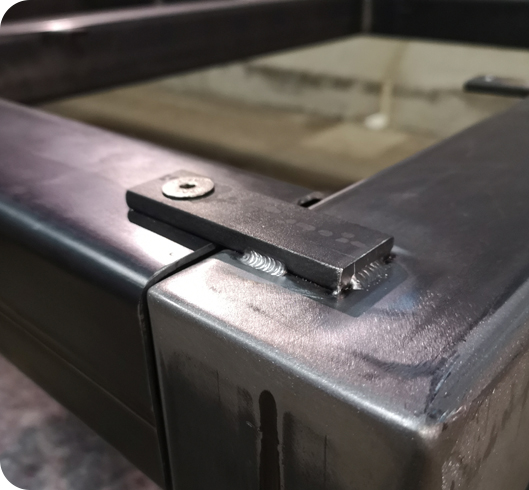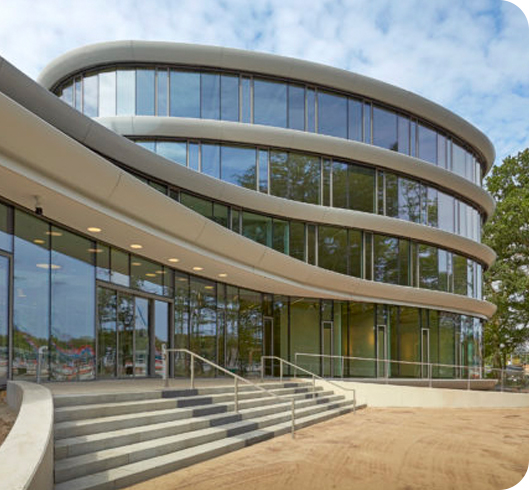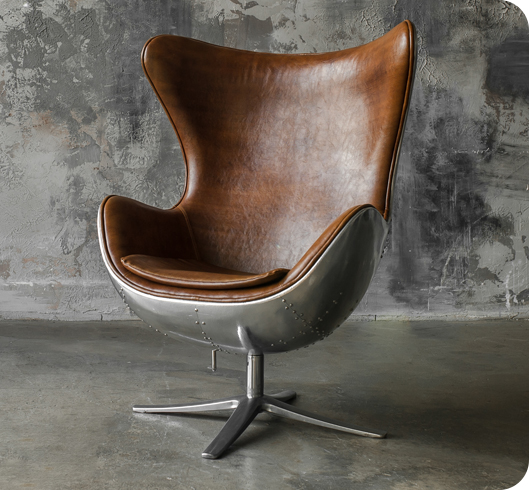How much do you know much about circular economy?
Here is a little food for thought; is there a particular material you are drawn more to because it’s both recycled and recyclable? How are you managing the life cycles of the products you use? How is it used, can it be moved and used in different ways?You may have heard of the ‘circular economy’ which keeps materials in circulation for as long as possible via recycling. This practice can also be applied to the construction and furnishing of offices.
However, this concept depends on products being designed and manufactured from materials that can be separated, refurbished and ready to be sold again. When there is no other options for the materials they are recycled. In a world becoming more and more accustomed to up-cycling, it makes complete sense.
Did you know 62% of the UK’s waste is from construction, demolition and excavation?
With construction accounting for 48% of that, it’s clear that something needs to change – but what steps can be taken to achieve this?


What practical ways can we apply this to office building and furnishing?
Architects are aiming to design buildings as banks of materials. Rather than a building being the end of that product/material value, designs are now considering not only how a building goes together but how it comes apart.
A trend that can be seen with both architecture and furniture design is the visibility of connections. Welding all joints or caping bolts can be eliminated as there is a sense of design in its self to see how something comes together. This is not only aesthetically pleasing but gives a better assessment and understand of how something can be dismantled.
The Dutch bank Triodos is an example of this method being using in architecture, whose headquarters is made primarily from wood and held together with 165,312 screws. Unlike traditional steel buildings, welded and girded with concrete, the building can be completely disassembled at the end of its life.
It may just be convenience that brings the circular economy and the advance of technology together, as one couldn’t function properly without the other. To manage the like cycle of a product or building there is the need for intense scrutiny that would be impossible without Building Information Modelling. Likewise, with the availability of data reports on building carbon footprints and easy access to product specifications, we can now see the impact our products and spaces are having.

What about office buildings?
In my opinion, categorising spaces into office and residential spaces is redundant. Instead, we should be considering how each building is likely to change in function throughout its lifetime.
Buildings that have been designated as offices need to be flexible. Moving onto interiors, there is really only one way to move a stub wall; knock it down and build another one. Although the materials of this can be recycled in their own right, there is considerable carbon output that takes place. Product selection that can be used as walling or more modular partitioning that can be dismantled and reassembled would provide longevity and a better all-around investment.
Recycling isn’t always the answer, as the process can be intensive. However, our perspective of having something ‘new’ needs to change. There is beauty in products that have a history, and the fact is our throwaway culture won’t last in the future.
The coronavirus has given many businesses a reset and provided the understanding that buildings are not one-dimensional.
So what now?
Thanks to technology, the first stages of the circular office are a reality right now! As an industry, we have the chance to make a difference. As operators within the space, we would be interested in learning more about our audience’s approach, the products you feel need more consideration, and the processes you feel stand between our current world and the circular economy.
We know our side of things, but we want to work with you to make the circular economy possible within the workplace industry.
If you’re interested in seeing the circular economy in action within our industry, we highly recommend this interview with flooring brand Tarkett, speaking on the realities of the circular economy and carbon-neutral architecture.
